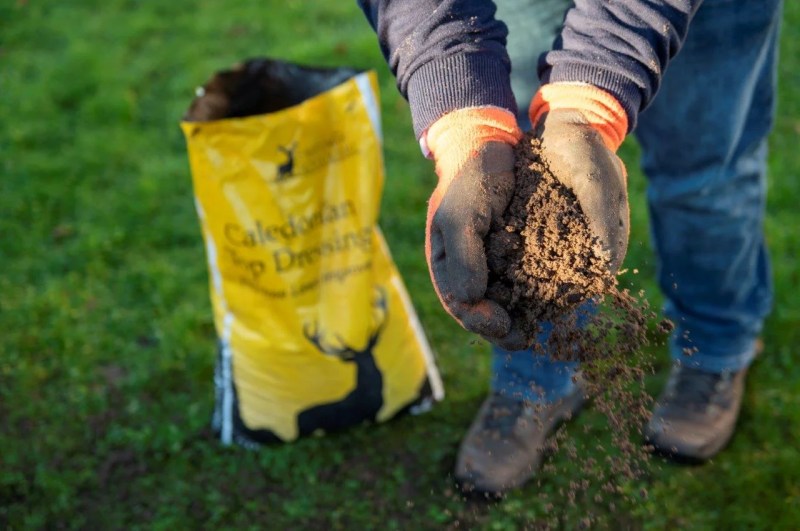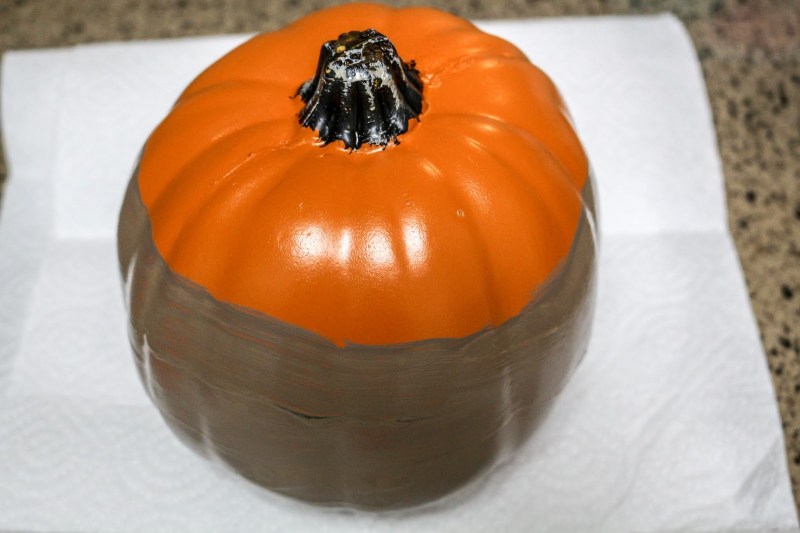How To Revive A Lawn – Water Shortage Order Issued for Pinellas, Hillsboro, Pasco Counties: Order Effective December 1, 2023 • One Day Weekly Watering Restrictions Issued Countywide • Click Here for Latest Watering Schedule please
One good thing about dealing with a dead lawn is that it can be improved. But many homeowners don’t know where to start or what to do. So today, we are going to share with you some tips and tricks to revive your dead lawn and bring it back to its original green look.
How To Revive A Lawn

If you have a problem spot in your lawn, the first step is to find out what’s causing it. Is the problem related to pests, soil, or environmental issues such as excessive shading or uneven watering? These need to be corrected before planting the lawn or starting a long-term lawn maintenance plan in place.
How To Revive Your Dead Grass
Pests can attack and destroy even the most well-kept lawn. Look for brown spots, patches of dead grass, weed bite marks, weak or wilted grass leaves, holes in the soil, and thinning or broken roots. Here are three ways to test your lawn for pests.
Like most plants, grass also needs sun to grow, so too much shade can kill your lawn. Super shades are easy to recognize. Shade is caused by large or overgrown trees and structures. Look at different times of the day to see if the sun is shining in a particular area.
Excessive heat, drafts, and cold can cause your lawn to go dormant. This means that after this period the grass will not grow. Although this is normal, it can cause browning, yellowing, spots, and other unsightly problems in the garden.
Too much or too little watering can be caused by the incorrect configuration of the sprinkler system. Excess water can cause leaks, pressure issues, mismatched sprinkler heads, and more. Uneven coverage, lack of pressure, and improperly set or damaged sprinkler heads can lead to water shortages. Turn on your system and walk around your lawn to see if there are any problems with your system. Monitor each head to make sure they are working, covering each head’s assigned area, and there are no debris in the area.
Tricks To Getting Your Lawn Green Again
Determining the cause of your lawn’s death is the first step to bringing it back to life. It can be one or a combination of the above issues.
Once you’ve identified and solved the problems plaguing your garden, it’s time to restore its appearance. If your lawn is a bit sparse, you might consider planting seeds, plugs, or sod. As a rule of thumb, if 50% of the affected area is weeds or dead weeds, re-sodding is usually most effective.
Lawn is the most expensive option, but it also provides instant gratification. Resoding covers problem areas and gives your lawn a new, green look. Compared to plugs and seeds, sod gives homeowners a denser lawn and also helps prevent soil erosion and weeds. The grass is known to grow quickly, with roots and ready for normal “lawn traffic” in just a few weeks.
Planting plugs or seeds is cheaper, but requires more patience. It’s a relatively easy process, making it a great choice for even the most jaded of homeowners. Compared to lawns, there are more options for planting and you can choose the lawn that best suits your geography, natural pests, and weather patterns. However, because the lawn establishment period is gradual and the initial cover is sparse, once the lawn is staked or seeded, it becomes vulnerable to weeds, erosion, insects, and disease.
Westland Lawn Revive Bag 250sqm — Newlands Garden Centre
Ultimately, the type of grass you choose will determine your planting method. Some species can only be placed as a lawn, while others require the use of plugs or seeds.
Cultivation is an ancient practice dating back to the first farmers on Earth. It consists of two main steps. Remove weeds and loosen the surface of the soil. Both are very important to allow optimal growth of your lawn.
Weeds compete with grass for sun, soil/space, water, and nutrients. Grasses are often stronger and more resilient than grass. Removing them not only looks better, but also gives your lawn a chance to grow healthy and strong.
Aerators create tiny holes in the soil, allowing water, air, and nutrients to reach grass roots. As a natural result of the elements in our environment, the earth forms a dry crust. Aeration breaks up this crust and helps the grass to grow deeper and invade the surface of the soil as it matures. Your lawn can benefit from aeration if the roots are at least 2 inches deep. Do not aerate a seeded or weedy lawn for at least a year. After aeration is the best time to add grass seed, manure, and compost. It is important not to damage or damage the roots of the plant during cultivation.
Reviving Your Lawn After The Summer Drought
Fertilizers are designed to keep your lawn green, healthy, and more resistant to high temperatures and traffic. Fertilizer also promotes leaf and root growth, helps recover from pest damage, reduces weeds, and provides your lawn with nutrients it doesn’t get from the soil alone.
When buying fertilizer, choose a slow-release fertilizer that is high in nitrogen and potassium and low in phosphorus. It will take time for your lawn to benefit from the slow release of nitrogen, but the effects will last longer and cause less pollution.
There are good times and bad times for fertilizer. Here are some tips to help you determine the best time.

When you decide it’s time to fertilize, the most important thing to remember is to read the instructions on the fertilizer bag. Proper application of fertilizer allows you to apply it to the maximum extent and get a healthier lawn.
What Is Winterkill
The best defense against pests is a healthy lawn. If your lawn is thick enough, weeds won’t get the nutrients and sunlight they need to grow. However, problem areas may benefit from spot treatment with an insecticide. Remember to follow your county’s application guidelines or call a professional to help you apply.
If your irrigation system is set up properly, every inch of your lawn will receive the amount of water it needs. Watering more in shorter periods also allows your lawn’s roots to grow deeper, making it more resistant to extreme weather.
An experienced irrigation professional will evaluate your current system and recommend changes to optimize water coverage and efficiency. Additionally, some companies offer maintenance plans that take the guesswork out of managing your system when improvements are made.
Every type of grass is different, so always make sure to cut it to the right length. However, in general, the longer the grass, the deeper the roots = the stronger the grass. Be careful not to mow more than 1/3 of the grass blades at a time. After a while, you can completely reduce the mowing frequency.
Reviving A Dead Lawn
We hope these tips help you get your beautiful lawn back. If you have any questions, please contact us. With our irrigation systems, you can easily get your lawn back on track and keep it healthy for years to come.
Joseph Sweat, a former U.S. Coast Guard and Florida native, is the owner of Palm Harbor-based Sunrise Irrigation, which has provided lawn sprinkler and irrigation services to the Tampa Bay area of Florida for more than 20 years. As a state-certified irrigation contractor, Mr. Sweat is committed to helping Florida homes and businesses implement effective irrigation strategies and transition to smart water conservation. In his free time, Joe enjoys fishing in the Gulf of Mexico with his family of four. Expert advice from Bob Vila, the most trusted name in home improvement, home improvement, home improvement, and DIY. Proven, real and trusted housing advice
Solve it! Can dead grass be saved? Growing a healthy lawn isn’t as easy as you think, and brown grass can appear quickly. However, what you think is dead grass may actually be dormant grass and can be saved.

Q: I have dead weeds coming up all over my lawn and I don’t know why. Do I have to replace everything, or can I save the dead lawn?
How To Revive Your Grass After Winter: 4 Spring Lawn Care Tips
A: Weeding is a tedious task. First, there are certain types of grass that grow better in some climates than others. Sunlight, shade, water, fertilizer, foot traffic, and general care are all factors that contribute to the health of your lawn.
There are several reasons why your lawn may be dry or parched. If you have a pet and see small patches of dead grass, there may be a problem with your pet’s litter box. Extensive dead grass can be caused by over-watering, under-watering, nutrient deficiencies, or over-fertilization. Before you assume the worst, brown grass may not actually be dead, but just dormant. In this case, there are ways to revive your lawn.
Withered grass For example, some grass species can tolerate drought conditions in cold climates for up to six weeks.
How to revive a patchy lawn, how to revive a plant, revive a lawn, how to revive a lawn mower battery, how to revive a dead lawn, how to revive a brown lawn, how to revive your lawn, how to revive lawn, how to revive my lawn, how to revive dying lawn, how to revive a wig, how to revive a lawn full of weeds


